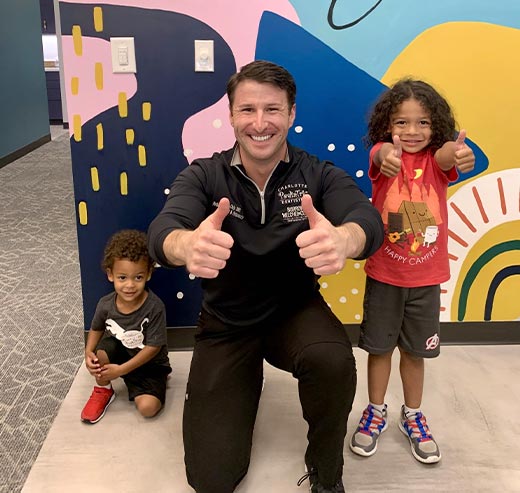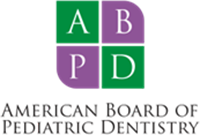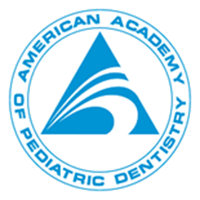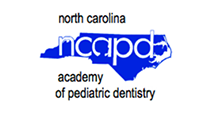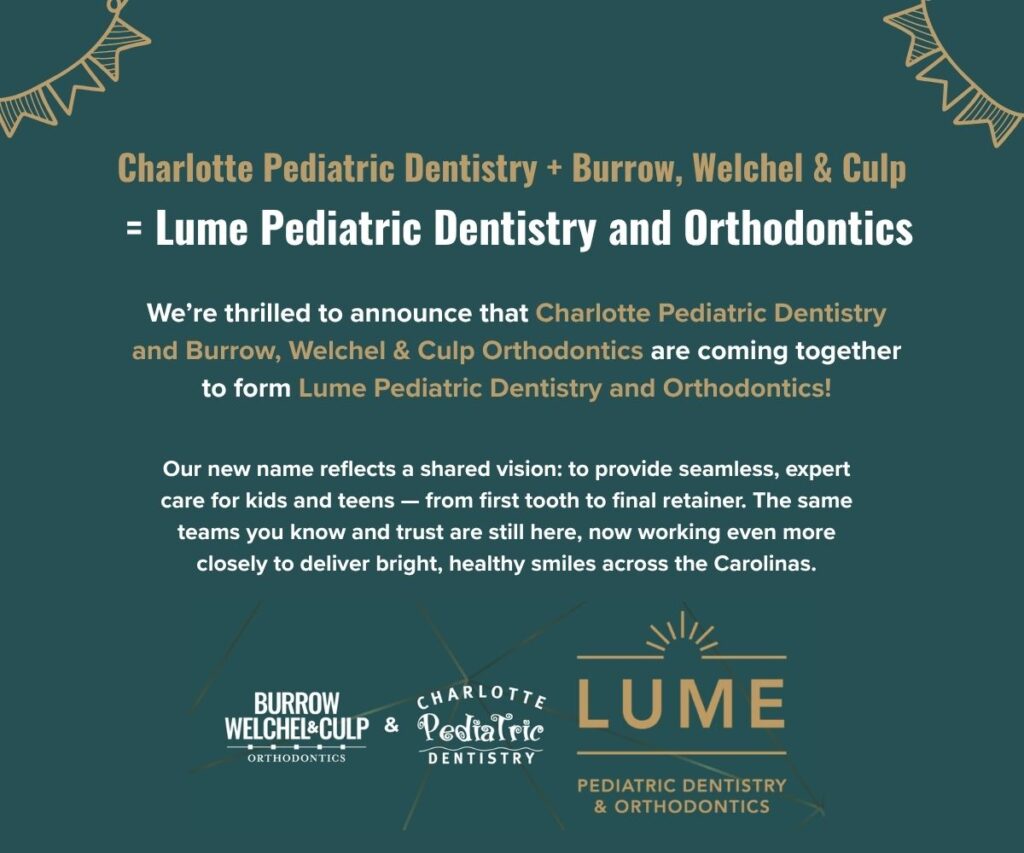Rhea Haugseth, DMD, of Marietta, GA, took over as president of the American Academy of Pediatric Dentistry (AAPD) in May of this year. Dr. Haugseth has been practicing almost 35 years and has been a pediatric dentist for 31 years. She attended dental school at the University of Louisville and received her pediatric dental certificate from Case Western Reserve University. She has been active in AAPD leadership for nearly a decade, serving as the AAPD president-elect (2010-2011), vice president (2009-2010), secretary-treasurer (2008-2009), parliamentarian (2005-2006), and District III trustee (2002-2005).
We spoke with Dr. Haugseth about the alarming rise in tooth decay among younger children, the potential impact of the new healthcare reform law on pediatric dentistry, and the growing need for more pediatric dentists in the U.S.
What is behind the rising rate of tooth decay in younger children?

Dr. Haugseth: It is amazing -- the U.S. Centers for Disease Control and Prevention came out with a report in 2007 that cited a study that showed that the decay rate in 2- to 5-year-olds is rising. According to that report, 28% of the children in this age range have decay, and we know this is an increase from previous years. The dental community as a whole has done a great job of making inroads in prevention, so school-age rates are dropping. But in this particular age range, we are seeing it increase.
Why? The increased intake of sugary drinks and food. It is so much easier now to buy snacks that are conveniently packaged, making it much easier and more portable for parents and caregivers to take with them. Also, the sippy cups you see so many kids walking around with are usually filled with juice or some kind of a sweet beverage. So this age group is constantly grazing. And we know that increased exposure to these sugary substances is definitely going to lead to an increase in decay.
I think it is about convenience. We are a fast-food nation with fast-paced lives, and eating or grazing on the go has become the norm.
And a lot of the snack foods really stick to the surface of the teeth. So if you reduce the frequency of the sugar, you will reduce the decay. Sugar is sugar, and bacteria on the teeth take the sugar and produce acid, which then causes the decay. Simply put, if you have lack of sugar for bacteria to utilize, you will automatically see a decrease in decay.
Does socioeconomic status play a part in this trend?
It really does. This is happening in all segments of our society, particularly in the 2 to 5 age range, but 80% of the decay is found in about 25% of the population, and it is much more common in the lower socioeconomic segment. Those who are most at risk are kids who are recent immigrants to the U.S., children in nonfluoridated communities, kids from impoverished families, and kids with special needs.
A lot of these parents have a lack of knowledge about how to prevent decay. They don't know what they should be doing, how to care for their kid's teeth. And then the ones that are having economic issues, they might be having some difficulty in navigating the publicly funded programs. All this can raise the decay rate in this really susceptible population. Oral hygiene and eating habits at home play a key role.
Why did Head Start take over the Dental Home program from the AAPD?
We originally never received a clear answer to that question from them. They sent us a letter that stated they had changed the way they were going to reach the Head Start children. But I don't know where they are going to find the dentists to provide the care that the administration mandates. We had done a great job with our peer-to-peer model. We were able to provide the access to care and also the dental education. Taking that away from us, that peer-to-peer structure and the dentists providing the care, we feel the program isn't going to be able to function or impact children's lives as well.
What is the AAPD doing now to continue its Dental Home efforts?
We would be happy to get back involved in this program. Head Start ostensibly has continued with the oral health initiative, but we have no idea how successful the program is. The AAPD had a five-year contract with them, but they stopped it after the third year. If they would have just let us finish rolling it out to all 50 states, we would have completed that in 2012.
Studies have shown that if a child is seen by a dentist by age 1, dental costs decrease over the next five years. We are continuing to talk to leaders in Washington, DC, about this, and when you talk money to them, they start to listen.
How will the healthcare reform law impact pediatric dentistry?
We are also talking in Washington, DC, about the essential benefits package and the need to include dental and preventive restorative care in that package. Pediatric oral health is defined as a benefit, but the details are still up in the air. It can't just cover preventive care -- you've got to be able to treat existing decay, as well as prevent future decay.
In addition to making dental coverage part of the essential benefits package, the reform act is going to bring more children into an already overburdened and underfunded federal program. It is going to increase the number of enrollees, but not the funding. This will in turn impact children's access to a dental home. The providers just aren't going to be there. Most of these programs are primarily utilized by lower socioeconomic populations, but now they will include higher economic populations as well.
Is there a need for more pediatric dentists in the U.S.?
Yes. We've known this for quite a while. Twelve years ago, AAPD leadership made an effort to increase the number of pediatric dental graduates. We went after Title VII to increase pediatric dental residency slots, and have doubled the number of pediatric dental graduates. In fact, we had 350 in 2011, compared with 180 in 1999.
The reason more pediatric dentists are needed is that the 25% of kids with the 80% of decay have the highest rate of decay and the most complex treatment needs. In the current proposed workforce models, we don't see that they will be effective in bringing quality care to these children. Many of the treatments have to be done under sedation or in an operating room under general anesthesia. So we need more pediatric dentists to be able to provide the restorative treatment in these children who have this high rate of decay.
That said, we are very strong advocates of expanded function dental assistants that can expand the number of children that could be seen in a dental home. They can be trained to do some of the treatments, which will then free up the dentist to diagnose and do irreversible treatments.
AAPD's big thing is, and will continue to be: All children deserve a dental home and deserve to be treated with the highest quality care in the safest environment. And we know that prevention works. Get kids in the pediatric dental office early and educate their parents. Doing this will result in a serious reduction in decay and improve the oral health of our nation's children.
Note: This article was originally posted on the Practice Management Website.
